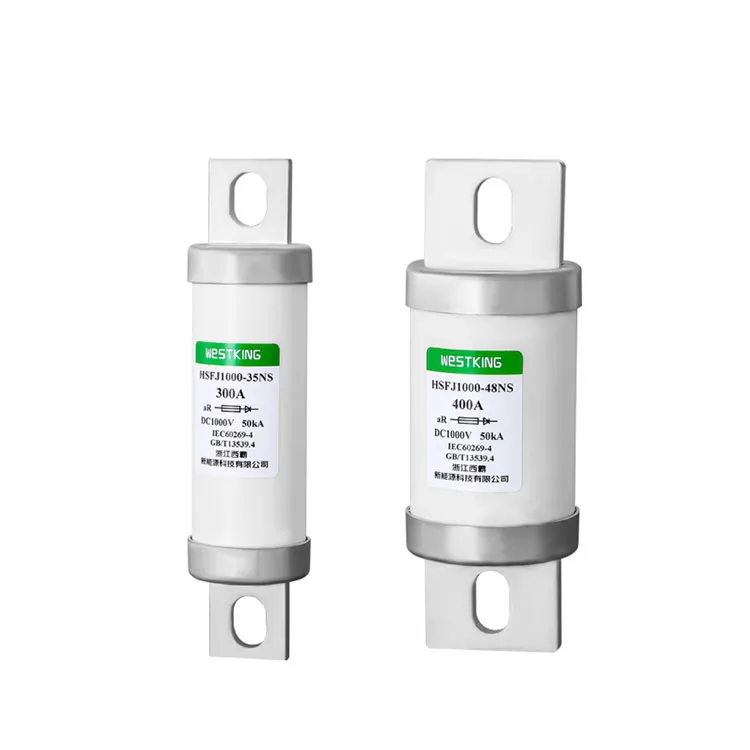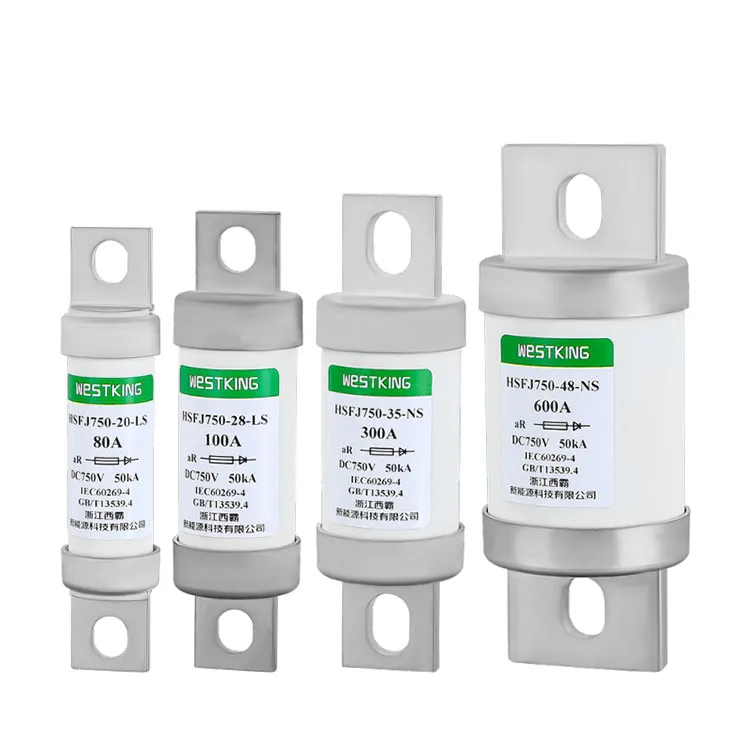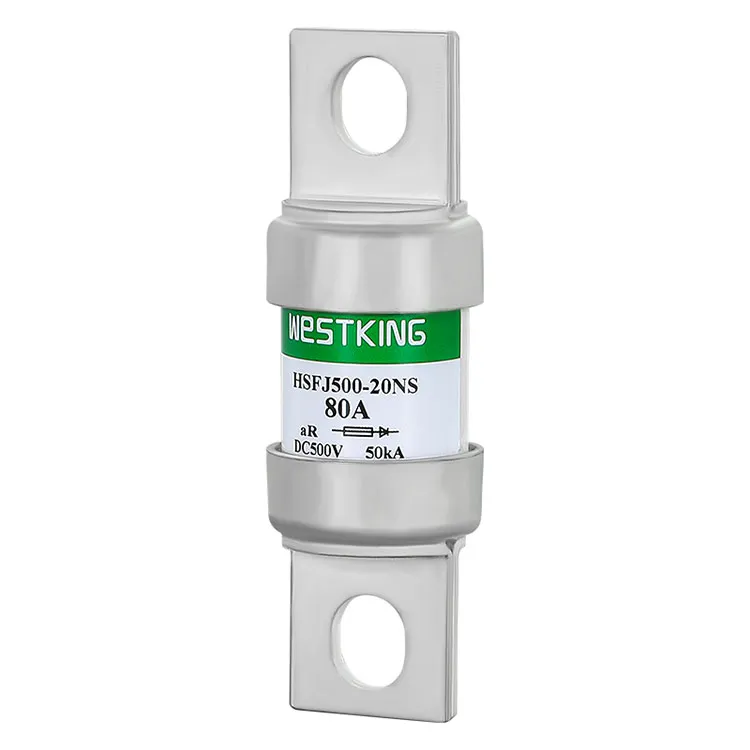
- English
- Español
- Português
- русский
- Français
- 日本語
- Deutsch
- tiếng Việt
- Italiano
- Nederlands
- ภาษาไทย
- Polski
- 한국어
- Svenska
- magyar
- Malay
- বাংলা ভাষার
- Dansk
- Suomi
- हिन्दी
- Pilipino
- Türkçe
- Gaeilge
- العربية
- Indonesia
- Norsk
- تمل
- český
- ελληνικά
- український
- Javanese
- فارسی
- தமிழ்
- తెలుగు
- नेपाली
- Burmese
- български
- ລາວ
- Latine
- Қазақша
- Euskal
- Azərbaycan
- Slovenský jazyk
- Македонски
- Lietuvos
- Eesti Keel
- Română
- Slovenski
- मराठी
- Srpski језик
Installing High Speed Fuses: A Step-by-Step Guide
In electrical engineering and industrial applications, High Speed Fuses play a vital role in protecting circuits from overcurrent and short-circuit conditions. These specialized fuses are designed to react quickly, often within milliseconds, to prevent damage to sensitive equipment and potential hazards. Installing High Speed Fuses can seem like a daunting task to those unfamiliar with the process, but with a systematic approach, it can be managed safely and efficiently.
Contents
1. Understand the application and fuse ratings
2. Gather required tools and safety equipment
4. Remove old fuse (if replacing)

Step-by-Step Guide
1. Understand the application and fuse ratings
Before installing a High Speed Fuse, it is important to understand the specific application requirements and the appropriate fuse rating. Different electrical systems have different needs, and choosing the wrong fuse can result in inadequate protection or unwanted tripping. Consult the equipment manufacturer’s specifications or an electrical engineer to determine the correct fuse type and rating for your system.
2. Gather the tools and safety equipment you need
Appropriate tools and safety equipment are essential for any electrical work. Gather the following items:
High Speed Fuses of the correct rating
Fuse holders or fuse blocks that are compatible with the fuse type
Insulating gloves
Insulating mats
Voltage tester or meter
Screwdriver or pliers, depending on fuse holder design
Safety glasses
3. Remove power
Safety first! Before working on any live circuit, make sure the power to the circuit is off. Use a voltage tester to confirm that there is no power in the circuit you are working on. Place a "Do Not Operate" label on the circuit breaker or switch to prevent accidental energization.
4. Remove the old fuse (if replacing)
If you are replacing an existing fuse, carefully disconnect the fuse holder from the circuit, making sure not to touch any live parts. Unscrew or open the fuse holder using the appropriate tool and gently pull out the old fuse. Dispose of properly according to local regulations.
5. Install the new fuse
Inspect the new High Speed Fuse for any signs of damage before installation. Select a new fuse that matches the original fuse's rated current and voltage for installation. Carefully align the fuse with the fuse holder, making sure it is securely installed. Fully insert the fuse into the fuse holder, then reconnect the fuse holder to the circuit. Fasten any screws or latches to secure the fuse holder in place.
6. Re-energize and test
After installing the fuse, double-check all connections to make sure they are tight and secure. Carefully re-energize the circuit by flipping the appropriate circuit breaker or switch. Use the voltage tester again to verify that there is now power in the circuit.
7. Monitor the system
After installation, monitor the system for any abnormal behavior or signs that the fuse may not be functioning properly. High Speed Fuses should not trip under normal operating conditions. If the fuse repeatedly trips, it may indicate a potential problem in the circuit that requires further investigation.

Safety precautions
Make sure the vehicle is turned off before operating to avoid the risk of electric shock.
Use dedicated tools for operation to avoid damaging the fuse or fuse holder.
Make sure the specifications of the new fuse are consistent with the original fuse to avoid circuit failure.
With the above steps, you can safely replace your car's High Speed Fuse and ensure the normal operation of the vehicle's circuit.



